Around the announcement of the new products to be launched in the coming months, there was a particularly large amount of commentary on one topic in particular: Thread support. The new standard, which is backed by Apple, Amazon and Google, among others, is intended to make our smart homes even better in the coming years. Currently, only the HomePod mini, some Eve devices and two lamps from Nanoleaf support the new wireless protocol, which presumably belongs to the future.
But what are the plans around Thread at Philips Hue? After all, Signify already announced at the end of 2019 that it had joined the Connected Home over IP alliance. “Philips Hue is actively participating in project CHIP (Connected Home over IP) with the goal to deliver a clear path to compatibility with this ecosystem for current and future consumers,” they told me.
Hue Bridge to be connected to the CHIP-network
At the moment, Signify plans to make only the Philips Hue Bridge compatible with CHIP, but not every single light bulb – even though they would make wonderful Thread repeaters thanks to their permanent power supply.After all: A new generation of the Hue Bridge should not be necessary.
“We intend for the Hue bridge to support the CHIP protocol in this way the Hue products connected to it will be available for the CHIP ecosystem. Since the bulbs would not directly support CHIP or Thread but remain on ZigBee they will not be available to repeat/retransmit Thread messages for native Thread devices since they are in a wholly different network”, the Hue makers explain.
At the moment, I’m still pretty relaxed about the whole thing. Thread definitely has potential, but is still in its infancy. It would certainly be a great thing if Hue lamps were to forward the Thread signal – but I wouldn’t specifically buy new lamps for that. In terms of special functions, it is certainly not a bad decision to only connect the Hue Bridge to CHIP and to continue to use it as the control centre for the lights. Alexa or HomeKit may be great things, but they don’t offer as many functions as the Hue Bridge and the Hue app.
Note: This article contains affiliate links. We receive a commission for purchases via these links, which we use to finance this blog. The purchase price remains unchanged for you.




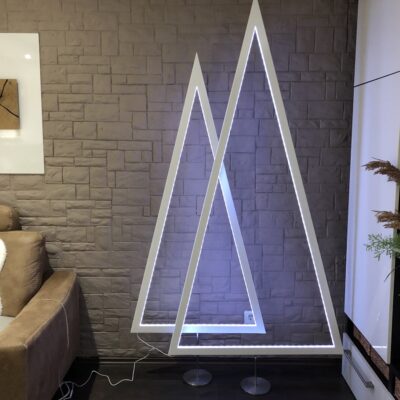
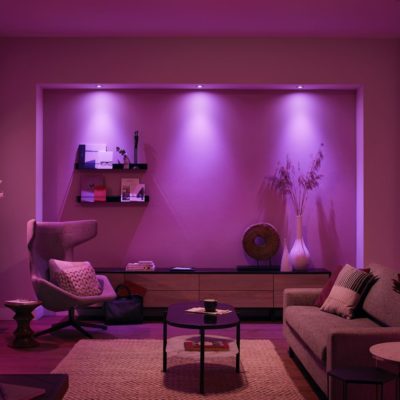

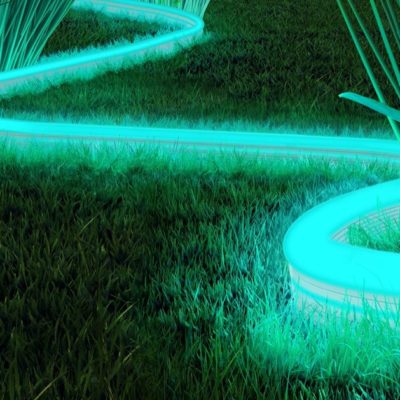
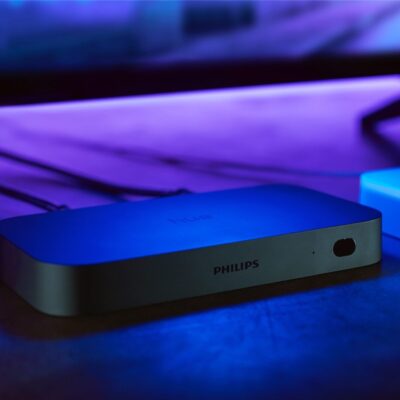



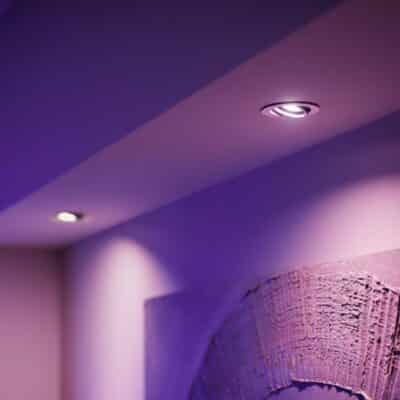


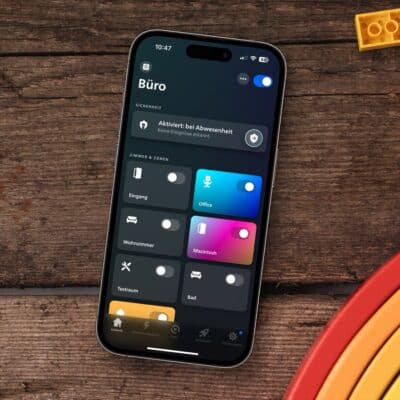
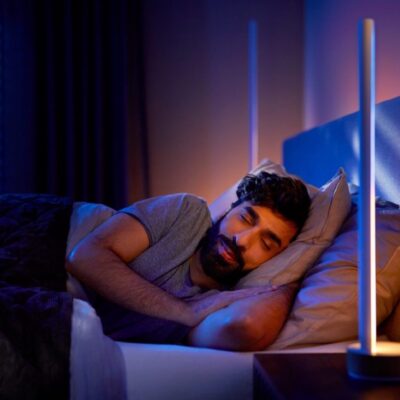
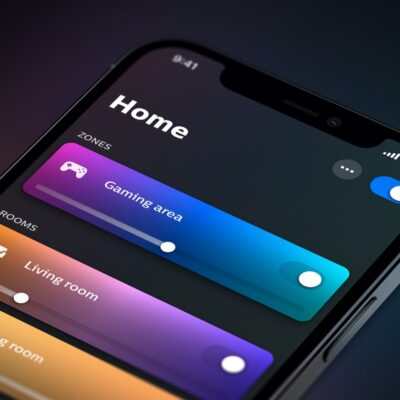



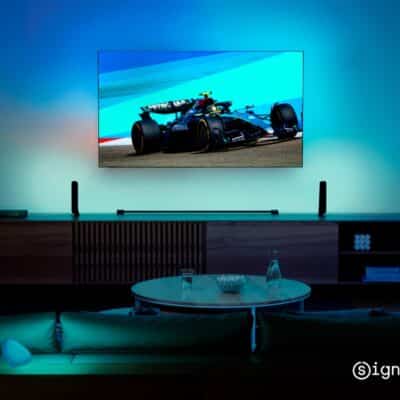
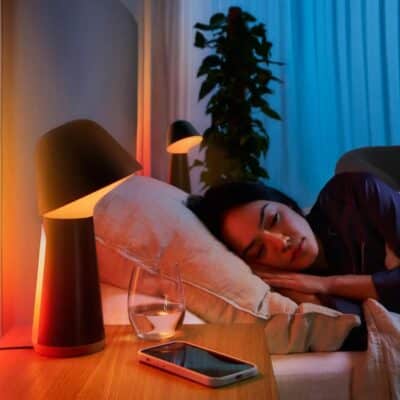
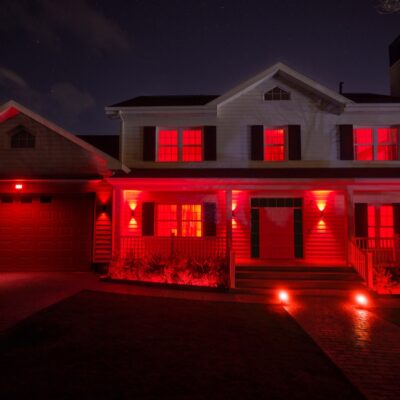
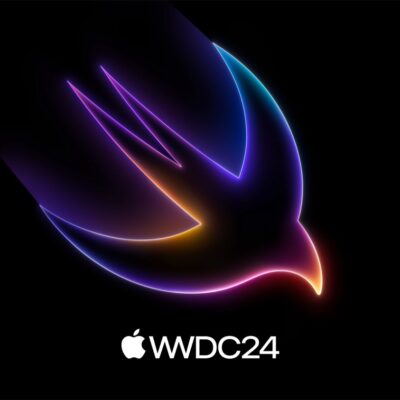
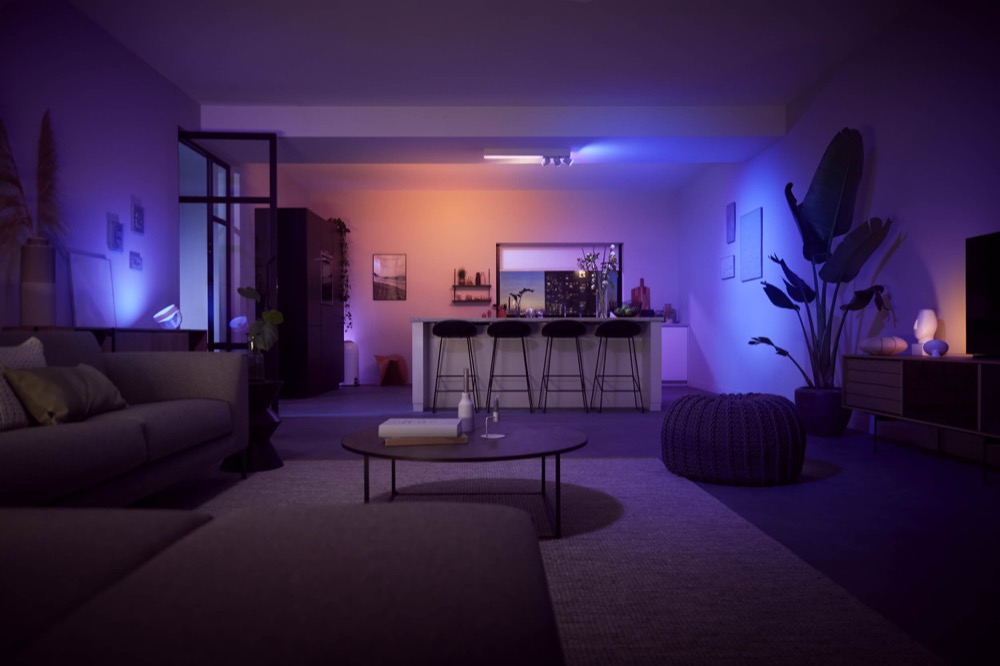
In my mind the way Hue handles HomeKit integration/sync is not ideal, and a big constraint is the max number of devices per bridge, forcing you to have multiple bridges and therefore Zigbee networks. Thread potentially addresses both issues. I wonder if bridge-only support of Thread has any benefit for either.
Would this mean that future Thread enabled light switches or motion detectors would be able to control Hue lights? (given that both the Thread and Zigbee network have enough coverage)
Thats the way I understand. Should be working like HomeKit is working right now.
They are missing an opportunity here. As you said, these would be wonderful repeaters for Thread with their constant power. I would replace some bulbs strategically just to get repeaters spread across the house. At the premium that Hue charges, the single Hub is a constraint and that premium should come with forward-looking moves such as Thread compatibility.
I’d love to drop the Zigbee or rely on it less with a preference to a model like Thread is built on.
Going forward I’ll be expanding my HomeKit system only with Thread enabled devices. Replacement of current devices in my system will only come from replacement of failed devices or obsolescence. I think Philips is missing an opportunity to take a leading role in this new protocol.
Bad idea for a few reasons:
1) Thread is not exactly infant. Most of the stack is already mature. 6LowPan is as old as Zigbee. Zigbee and 6Lowpan were the two competing standards for 802.15.4 and while Zigbee seemed to be the winner for a while (especially due to Hue adoption), even the Zigbee Alliance agreed that a different approach was needed and chose to go with what was their initial competitor. Some other parts of the Thread ecosystem are new, but they are tested by almost every vendor out there, so I won’t expect immaturity.
2) The whole objective of Thread is to ensure that it is a fully redundant system. i.e.: if the bridge fails, the lights still work. Ikea has implemented that functionality in their system, but Hue is missing it. In a smart house you cannot depend on a bridge or router. The house needs to behave as a house even if those devices are unavailable. With thread, the failure of any element (light source, remote, bridge) means that only that device is affected, but the rest continue to work as intended. With Hue, the Bridge is essential. And it’s even worst when you consider the hundreds on incompatible remotes out there. I’d much rather use another remote, but with Hue I’m stuck with the one Signify sells.
3) Interoperability with non Hue products is very helpful. The Signify ecosystem is incomplete and can never be complete for a user. We cannot expect any reasonable person to have 100% Signify, Ikea, Samsung or Xiaomi in their home. I have two apartments, one with Hue and one with Ikea. While the Ikea remotes are ugly, I like their GU10 bulbs better and the fact that their remotes work even if the GW is dead. If I need a “white ambiance” light strip, where do I go? The Hue lightstrips are terrible in high humidity environments such as bathrooms. But even if I choose to go with Hue lightsources, how about my bathroom fan? Do I void the warranty and crack open a newly released Hue plug just to be able to drive that with the light switch? Especially considering up until recently that wasn’t even an option, since the plugs were introduced very recently. The OSRAM plugs were compatible but they did not show up on Homekit.
Signify made their choice to stay with the (old) Zigbee standard, but the consumers won’t. When everyone else is on Thread, they will simply replace Hue with something else. I don’t want a gateway from Samsung, one from Hue, one from Nuki, one from Ikea, one from Xiaomi, one from Carrier and one from Whirlpool. I just want to use a single device as a bridge to the IOT protocol and MAYBE I’ll agree to some vendor-specific applications for the setup, but never for the operation. I want a single Application (be it Apple Home in my case or HomeAssistant) in which I can control all the devices. I refuse to use anything else. I have 17 smart-home applications in my phone, and I generally only use Apple Home with a lot of HomeBridge plugins.
My opinion is that this resembles planned obsolence on the Signify part. While development costs for a new Thread firmware need to be acknowledged, I’ll be more than happy to pay €4/light source for a Thread compatible firmware.
Please open up the Hue ecosystem, don’t push it in the direction of a walled garden, because that will allow the other players to make Hue a historical brand. There are major brands such as Schneider, Gewiss, LeGrand that are preparing for this, and they have a lot of power to compete. And there are the new brands such as Xiaomi that will push devices out of their factories like popcorn. 90% of the households have never heard of Hue, so a hypothetical brand attachment is unlikely to be significant.
Soon enough the Thread and Matter logos will be the equivalent of the HD logo on the TV. People will look for those first, then compare the specs and then choose a brand that they enjoy.
All right, gotta replace my Hues with Nanoleafs now, I guess 😑
This is quite disappointing. But most likely the reason is the cost of the bulbs. If they were to support Thread without dropping support for Zigbee it would certainly need a bigger radio processor. I’m not sure how it’s done today but if the BLE/ZigBee is handled in a single multi protocol radio chip they would need to upgrade which would add costs.
In my mind it would make sense to switch to BLE/Thread instead using the bridge for backwards compatibility. But it would likely lead to a lot of complaints.
Supporting CHIP/Matter in every device would be awesome but given how heavy that code is currently it might hit the same issues with higher hardware requirements.